Table of Contents
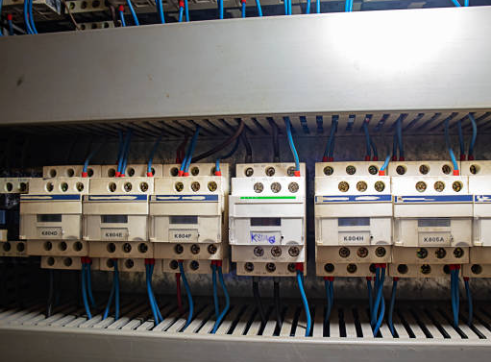
The Versatility of Single Pole Double Throw Contactor
Single pole double throw (SPDT) contactors are widely utilized within electrical systems for their ability to regulate electricity flow. This article offers a thorough introduction into SPDT contactors and their uses; whether you are an electrical professional, DIY enthusiast, or simply curious, keep reading to gain a greater knowledge about this essential component!
What is a Single Pole Double Throw Contactor?
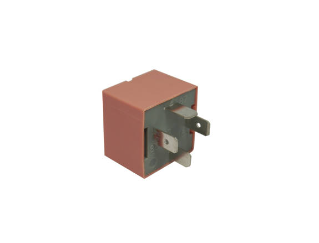
An SPDT contactor is an electrical switch that enables its user to regulate current flow between two separate circuits. It consists of a movable contact arm that connects with either of two fixed contacts; when making contact, this disconnects and switches over, effectively changing which circuit it belongs.
SPDT contactors are widely utilized across industrial and residential settings for controlling electrical circuits. Common uses for SPDT contactors include HVAC systems, motor control panels, lighting systems, and any device where reliable switching must occur - for instance in HVAC, motor control panels and lighting applications.
Understanding SPDT Contactors: Function and Benefits
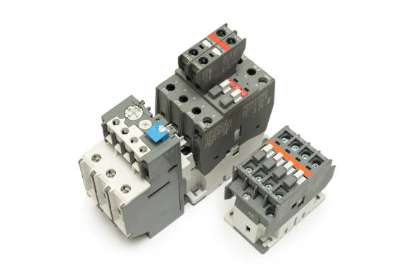
So how does a single pole double throw work? Single pole double throw contactors serve to control electricity by opening or closing circuits. When in rest mode, neither fixed contact is in contact with any contact arm; and thus the circuit remains open. But upon receiving either electrical signals or manual input from outside sources, their arm moves and connects with one of these fixed contacts thereby closing its respective circuit and controlling electricity flow accordingly.
SPDT contactors are widely utilized when switching between two circuits, for instance in HVAC systems where one needs to alternate heating and cooling modes. By connecting its contact arm to its appropriate fixed contact, an SPDT contactor determines whether heating or cooling mode will activate.
Applications of SPDT Contactors
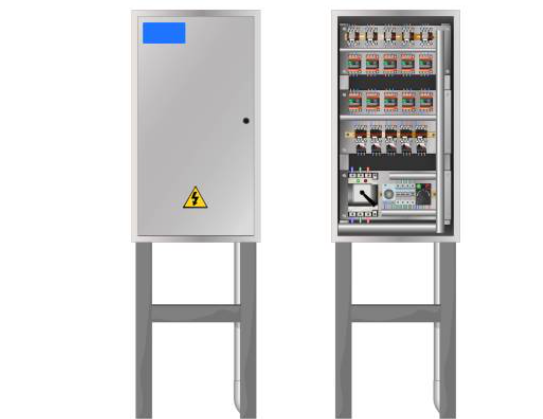
1. HVAC Systems
SPT contactors play an indispensable part in heating, ventilation and air conditioning (HVAC) systems. Used to control compressors, condenser fans and other components' operation by switching circuits in various systems within an HVAC system - SPTs play their role to maintain desired temperatures in spaces, thus keeping users comfortable.
2. Motor Control Panels
Motor control panels use SPDT contactors to manage the rotation direction of electric motors. By connecting each contact arm to its respective fixed contact, this control device determines which way the motor operates - this feature is especially essential in applications ranging from industrial machinery, elevators and garage door openers.
3. Lighting Systems
SPDT contactors also find application in lighting systems, especially where multiple circuits need to be managed simultaneously. Their switching capability facilitates switching between various configurations - turning on or off specific groups of lights as needed or altering room brightness levels - quickly and seamlessly.
4. Power Distribution Systems
SPDT contactors are integral components of power distribution systems, used to regulate electricity between multiple power sources or switch among backup sources in case of outages, to provide uninterrupted and dependable electricity supply in critical applications such as data centers, hospitals and telecommunications facilities.
5. Industrial Automation
SPDT contactors play an essential part of industrial automation systems, providing control for various equipment and machinery to function optimally. Switchable modes allow manufacturers and assembly line managers to manage processes efficiently with production plants or assembly lines.
FAQs of Single Pole Double Throw AC Contactors
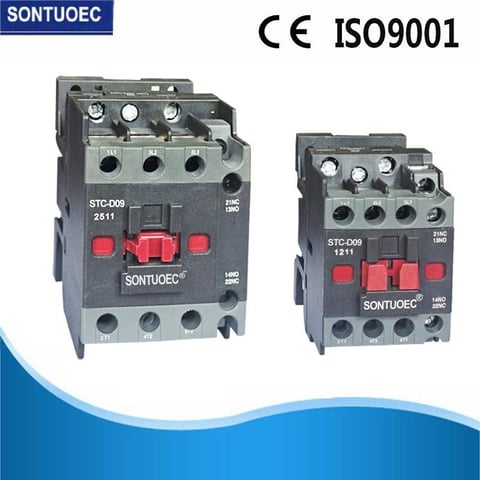
1. What is the difference bewteen single throw and double throw contactor?
The distinction between single throw and double throw contactors centers around their operational functionality in electrical circuits. A single throw contactor acts as an on/off switch, allowing a circuit to be either completed or interrupted, but not both simultaneously. In contrast, a double throw contactor offers the flexibility to switch a single input between two outputs, facilitating the redirection of a circuit's flow to one of two possible paths.
2. What is a single pole double throw relay?
The SPDT relay serves as a versatile switch for a single circuit, offering two operational outcomes. It can direct the electrical flow to either of two paths, functioning similarly to a roadway fork, thus providing a choice between two directions for the current.
3. What is the difference between SPST SPDT and DPDT?
SPST switches are the most straightforward, offering a simple on/off function for a single circuit without alternate pathways. SPDT switches add complexity by controlling one circuit but with two possible outcomes, enabling the flow to be directed to one of two paths. DPDT switches expand this functionality to two circuits, each capable of connecting to one of two outcomes, thus allowing for more intricate control and configuration options in electrical systems.
Conclusion
Single contactors are vital tools in maintaining electrical circuits and industrial automation projects. The SPDT contactors' ability to switch between two separate circuits makes them invaluable components, from HVAC systems and motor control panels, lighting systems and power distribution to industrial automation projects.
By understanding their purpose and applications better you can make informed decisions regarding whether SPDT contactors fit with your projects or not.
Reach Out Today if You Are Seeking Information or Quote.
